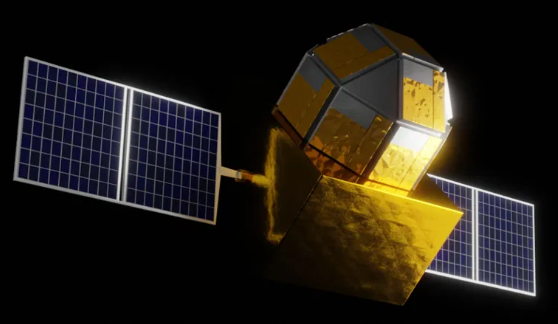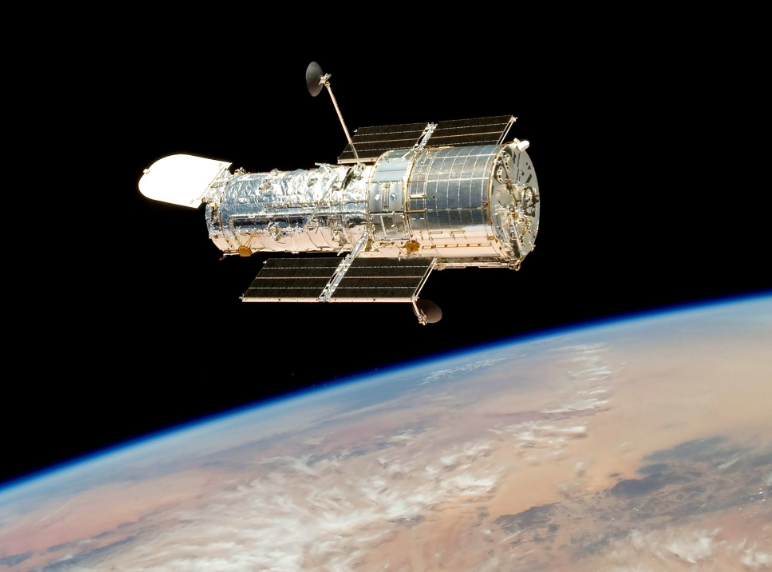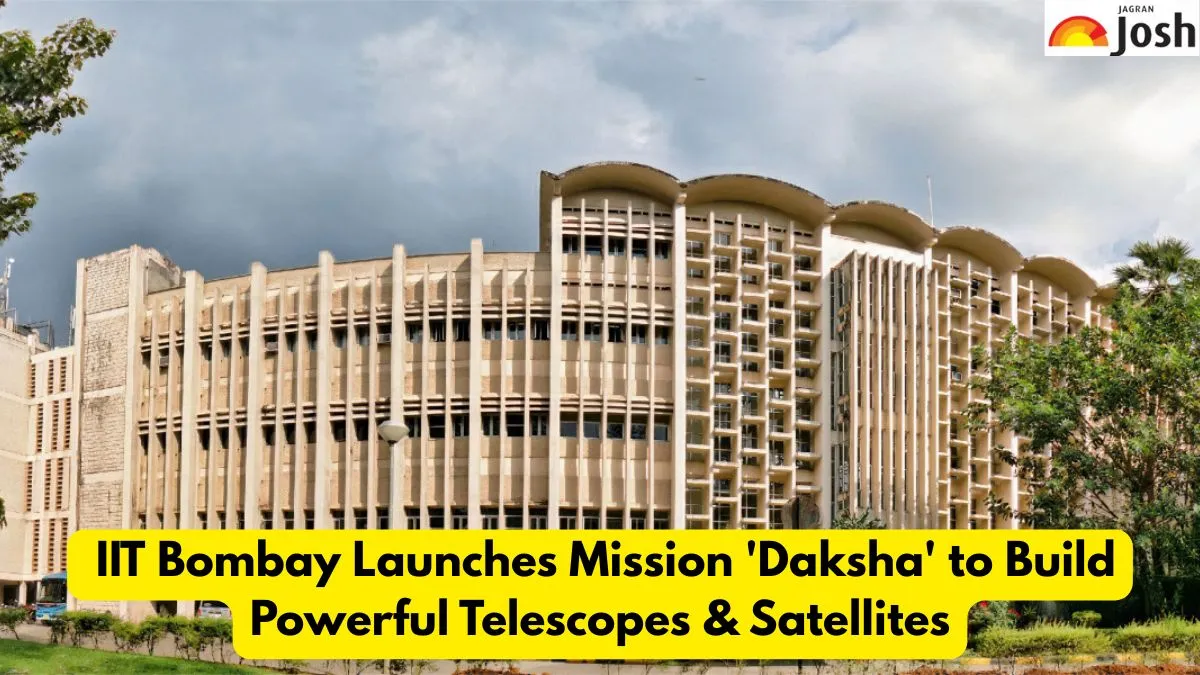IIT Bombay: With its ambitious 'Daksha' mission, IIT Bombay is well-positioned to improve India's standing in the global deep space competition. Under the direction of Physics Department Professor Varun Bhalerao, this ground-breaking initiative intends to launch two satellites fitted with some of the most sophisticated space telescopes in the world. Almost five times the capacity of NASA's Fermi Gamma Ray Telescope, these cutting-edge telescopes are designed to observe an incredible 1.81 million cubic megaparsecs of space.
Leading Indian universities such as the Inter University Centre for Astronomy and Astrophysics (IUCAA), Physical Research Laboratory (PRL), Raman Research Institute (RRI), and Tata Institute of Fundamental Research (TIFR) are partners in the endeavor. Indian space technology has advanced significantly with the 'Daksha' mission, which promises to deepen the country's position as a major actor in space exploration and increase humanity's understanding of the cosmos.
Also Check:
Rhodes Scholarship: Application Process, Requirements and Other Details
IIT Bombay Offers Wings Scholarship For Women in STEM, 100% Tuition Fees Scholarship
TG ICET 2025 Colleges Accepting Ranks Between 1000-5000
IIM Ahmedabad Student Gets ₹1.1 Crore Job Offer in Finance Sector
Oldest Colleges in Kolkata: Courses, Campus and Other Details
IIM Bangalore 2026: Application & Registration, Courses, Fee Details
3 Indian Business School Secure Rank in Top 100 QS Global MBA Rankings 2026
UGC Approved 5 Foreign Universities Campuses in India; Detailed List here
Top ITI Courses After 12th in 2025: Stream-Wise List, Types, and Career Options
Vanier Canada Graduate Scholarship 2025: Eligibility & Application Process
LinkedIn MBA Rankings 2025: Top Management Colleges in India and Worldwide, ISB Secures 5th Rank
MEXT Scholarship 2025: Eligibility, Criteria and Application Process
Chevening Scholarship 2026: Eligibility, Benefits, Application Process & Important Details
Pioneering the Cosmos: The Daksha Mission's Journey

-
When the Indian Space Research Organization (ISRO) called for suggestions for new space missions in 2018, the Daksha project was launched. An ambitious scientific initiative to propel India to the forefront of deep space research began with this.
-
Because of its remarkable cost-effectiveness, the dependability of its tested technology, and its enormous potential to produce ground-breaking scientific data, Daksha was named a frontrunner by a distinguished panel led by Professor Ajit Kembhavi, the former director of IUCAA.
-
The project will investigate gamma-ray bursts from neutron stars and black holes once it is in orbit. Through the observation of these potent cosmic occurrences, scientists hope to get crucial knowledge about the basic mechanisms that influenced the universe's beginnings and development.
-
IIT Bombay's Space Technology and Research (STAR) Lab has been a vital center for innovation. In addition to offering students unmatched practical access to cutting-edge labs and guidance from top scientists, it has promoted a vibrant and cooperative research environment.
-
A major factor in the project's success has been the participation of the students. Numerous students have put in a great deal of time and effort to accomplish the mission's rigorous technical milestones, even working on holidays and after regular business hours.
-
Since the concept was first shortlisted, ISRO has consistently provided seed funds, demonstrating their belief in its potential. By December 2022, the mission had successfully met all of its essential technological requirements thanks in large part to this help.
What are the origins of the universe? How does it expand?

The "Daksha" mission presents a singular chance to investigate basic issues about the universe. Ashoka University astrophysicist Prof. Dipankar Bhattacharya emphasizes how the study could yield important new information about the universe's beginnings and growth. Gamma-ray bursts are strong bursts of light from black holes and neutron stars that scientists are examining in an effort to learn more about the early history of the cosmos. A member of the original undergraduate team and a postdoctoral fellow at Caltech, Gaurav Waratkar, highlights the project's personal relevance. He calls it the "fundamental driving force behind our plans, hopes, and dreams for the last seven years."
Waratkar started out as a mechanical engineer, but his love of construction and creativity drew him into physics. He attributes the ease of participation for students from a variety of disciplines to the encouraging and accessible atmosphere at IIT Bombay's Space Technology and Research (STAR) Lab and the help of instructors like Varun Bhalerao. As a tribute to the team's tremendous dedication and passion, Bhalerao recounts a time when he discovered two committed students working nonstop on the project over the Ganesh Chaturthi holiday. This attitude of cooperation has been essential to achieving the mission's lofty objectives.
Also Read:
Top IIT Colleges That Offer Data Science Courses to Learn Online in 2025
Best Free AI Courses for Beginners in 2025
Best Pharmacy Colleges in India 2025 After 12th Offering High Job Placement
To stay updated on current trends, join the Jagran Josh Telegram Community!
